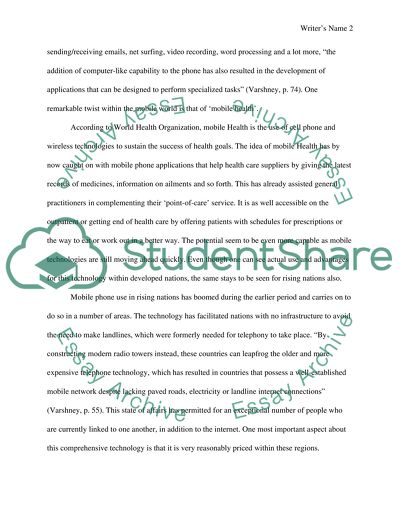Cite this document
(“Mobile Technology Improving Healthcare Research Paper”, n.d.)
Retrieved de https://studentshare.org/health-sciences-medicine/1390914-mobile-technology-improving-healthcare
Retrieved de https://studentshare.org/health-sciences-medicine/1390914-mobile-technology-improving-healthcare
(Mobile Technology Improving Healthcare Research Paper)
https://studentshare.org/health-sciences-medicine/1390914-mobile-technology-improving-healthcare.
https://studentshare.org/health-sciences-medicine/1390914-mobile-technology-improving-healthcare.
“Mobile Technology Improving Healthcare Research Paper”, n.d. https://studentshare.org/health-sciences-medicine/1390914-mobile-technology-improving-healthcare.


